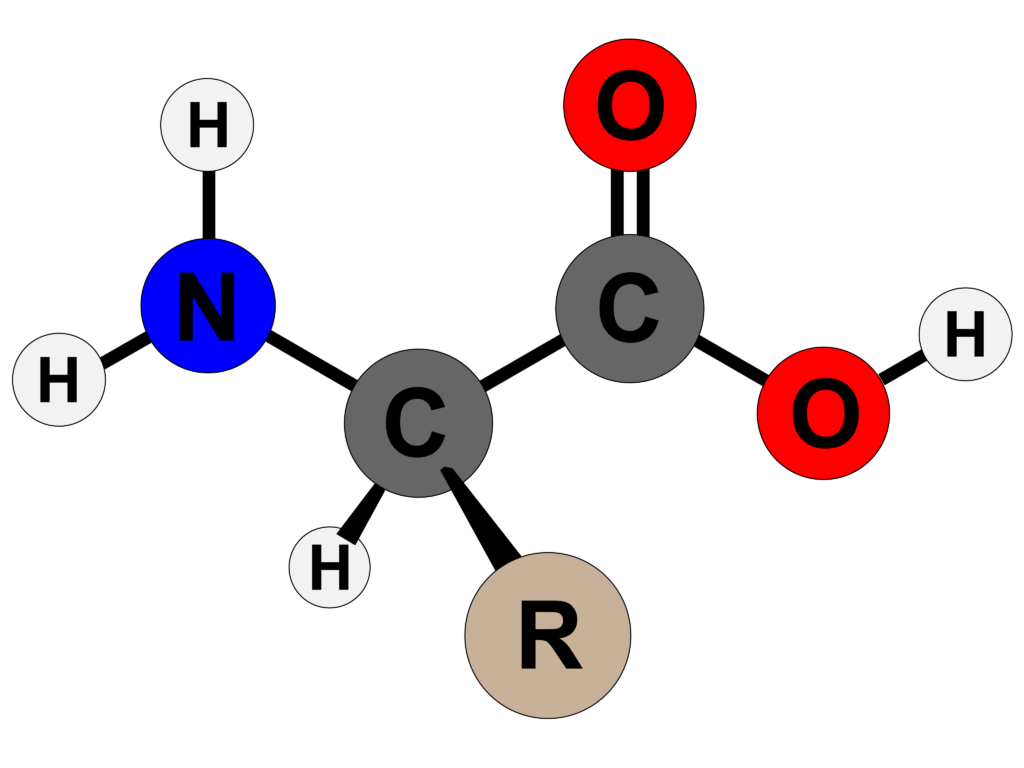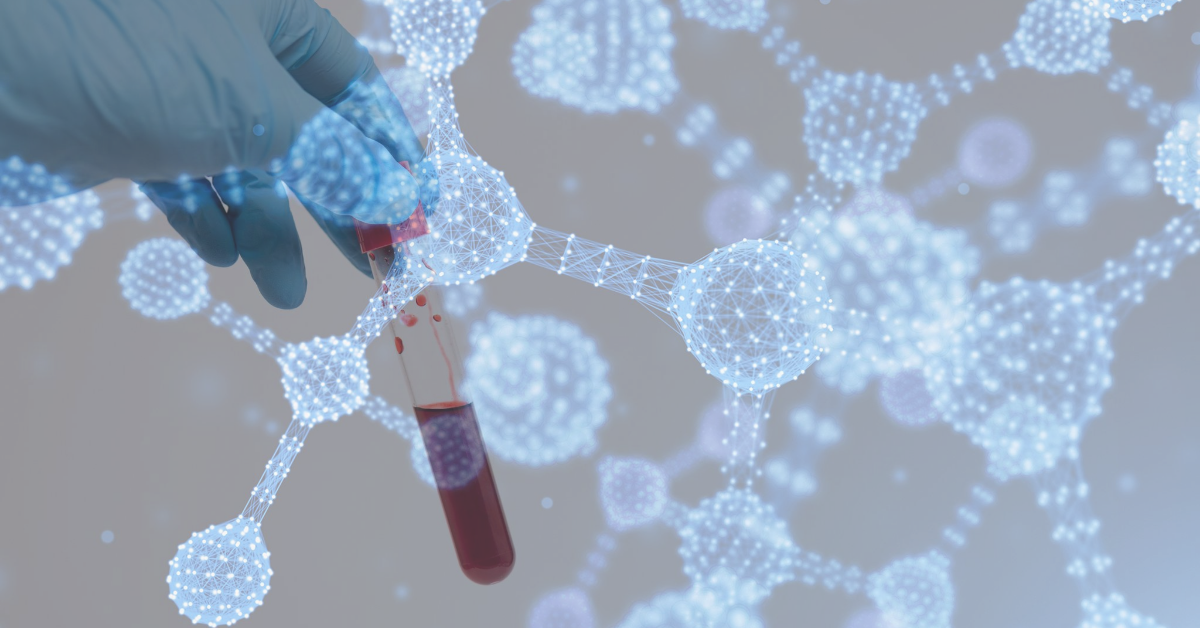Essential and non-essential Amino acids
Amino acids are critical in the effective functioning of the human body. Proteins are broken down into amino acids, which aid in a variety of biological activities. Insight into essential and non-essential amino acids can give us an idea of which foods to consume to enhance biological functioning and improve health.
Amino acids, the building blocks of proteins, are compounds that play a critical role in the functioning of the human body. They help to build proteins and regulate the synthesis of hormones and neurotransmitters. They form a fundamental part of the energy source used by the human body, and enhance its ability to perform certain functions.
Types of amino acids

Each Amino acid has a specific functional group (R group) – besides the amino (-NH2), and the carboxyl group (-COOH) – attached to the same alpha (α) carbon atom (the carbon next to –COOH). Most amino acids are α-amino acids.
When proteins are digested or broken down, amino acids are left behind. The human body uses amino acids to make proteins to help the body:
- Break down food
- Grow
- Repair body tissue
- Perform many other body functions
Amino acids are classified into three groups, namely Essential amino acids, Non-essential amino acids and Conditional amino acids.
Essential amino acids
Essential amino acids cannot be produced naturally by the body. They come from food sources, and are made up of nitrogen, carbon, hydrogen and oxygen, along with a variable side chain group. The human body needs 20 amino acids to grow and function properly, of which only 9 are considered essential. These include:
- Histidine
- Isoleucine
- Leucine
- Lysine
- Methionine
- Phenylalanine
- Threonine
- Tryptophan
- Valine
These sources can be found in a variety of different food groups, as well as through oral supplementation.
Non-essential amino acids
The reason these amino acids are called non-essential is because our bodies produce them naturally. These non-essential amino acids include:
- Alanine
- Arginine
- Asparagine
- Aspartic acid
- Cysteine
- Glutamic acid
- Glutamine
- Glycine
- Proline
- Serine
- Tyrosine
Conditional amino acids
Conditional amino acids are not essential, but are needed when an individual is experiencing excessive amounts of stress and/or illness. When a person consumes proteins, they are broken down into amino acids that aid in the various functions of the body. These functions vary, but include processes such as building muscle and regulating immune function. Conditional amino acids have been identified and include:
- Arginine
- Cysteine
- Glutamine
- Tyrosine
- Glycine
- Ornithine
- Proline
- Serine
Summary
Amino acids are critical in the effective functioning of the human body. Proteins are broken down into amino acids, which aid in a variety of biological activities. Scientists and clinicians have identified and categorised these amino acids into three main groups, namely Essential amino acids, Nonessential amino acids and Conditional amino acids. These groups vary in importance and aid in a variety of processes throughout the body. It is important to note and analyse symptoms of deficiency, in order to treat and manage symptoms that may correlate to specific amino acids.
How do I Become a Functional Medicine Practitioner to learn more about Types of Amino Acids?

The Institute of Integrative Medicine is a global leader in the field of Integrative Medicine Education. Integrative medicine aims to be at the forefront of modern technology and new discoveries. Amino acids are essential for optimal biological functioning. Knowledge of essential amino acids can improve the treatment of deficiencies and enhance overall health. We offer certified online courses helping you to take charge of your practice and improve the quality of life for your patients. Find out more about the courses we offer today!

